Experiencing a royal living can be a costly affair, no doubt in that, but at times you can not hold yourself from immersing into the history of a dynasty that is nearly a millennium old. Living in a 200 years old palace with the royal family members as the host can always be an opportunity that you should not let go away. So was the case with me. When I had to change my preplanned route of visiting Keonjhar due to the unplanned night stay in Jashipur town, I was already determined that while I would return through Baripada, I would spend the extra day in Belgadia Palace.
Hence, after spending a memorable 24 hours inside Simlipal National Park, the first thing I did once I reach Jashipur was giving a call on the contact number provided on Belgadia Palace’s website. The conversation was very straight forward.
“Hello. Is this Belgadia Palace?”
“Yes”
“Do you have a room available today?”
“Yes!”
“What is the tariff? I need a room for two adults and a kid. Tell me the lowest rate that will allow me to stay in a room there.”
“Can I call you after some time?”
“Mam, right now I am in Jashipur. And I guess the Vodafone network is not good here. So could you please tell me now? I am holding on to the call.”
“Ok. Let me check.”
After a couple of minutes –
“Hello?”
“Yes, mam.”
“It’s 7800, including accommodation and all meals.”
“Including tax also?”
“Yes”
“Great. Book it for us. We will pay once we get there. It will take a little above 2 hours as right now we will start from Jashipur.”
The road from Jashipur to Bangriposi to Baripada was the same till Jharpokharia, on which we had travelled already. From Jharpokharia, we took a right turn and Left NH6. After 30 minutes more, we were in front of the Belgadia Palace, our first experience of staying in a Palace where the King, the Queen and the Princesses still reside. Pervez, the hospitality manager of this property, called us once when we crossed Jharpokharia and guided us about the Palace’s exact location, opposite of Baripada fire station.

The history of Belgadia Palace
Belgadia Palace used to be the guest house of the Bhanj Deo, the rulers of the erstwhile Mayurbhanj state in Odisha. Initially, it was built to accommodate state visitors. The first stone was laid in 1804 by Maharani Sumitra Devi Bhanj Deo’s orders, who ruled the state from 1796 to 1810. The interiors were built by three successive generations – Maharaja Sriram Chandra Bhanj Deo (1882-1912), his predecessor Maharaja Krushna Chandra Bhanj Deo (1968-1882) and his successors Maharajah Purna Chandra Bhanj Deo (1912-1928) and Maharajah Pratap Chandra Bhanj Deo (1928-1948).
It is said that many furniture and artworks that were commissioned during the rule of Sriram Chandra Bhanj Deo have got a Bengali connection. Sucharu Devi, daughter of Keshab Chandra Sen, the founder of Brahmo Samaj, was the woman behind these intricate and exquisite furniture pieces.
Sucharu Devi was the second wife of Maharajah Sriram Chandra Bhanj Deo. Maharajah fell in love with her when he first saw her in Darjeeling. But the royal family did not accept this match, and the Maharajah had to marry Lakshmi Devi.
After the death of Lakshmi Devi, Maharaj again met Sucharu Devi and asked her to marry him. The marriage took place in 1904 but Sucharu Devi never went to Mayurbhanj while Maharajah was alive. She lived in Rajabagh’s Palace – present-day J C Gosh polytechnic College – in Kolkata’s Mayurbhanj Road (got the Mayurbhanj connection in the heart of Kolkata!!), which Maharajah built for his second wife.
Following Maharajah Sriram Chandra Bhanj Deo’s sudden demise in 1912 due to an accident, Sucharu Devi visited Mayurbhanj Palace after an invitation from Maharahaj Purna Chandra Bhanj Deo, her stepson. After that, she went to Mayurbhanj occasionally as a social worker and associate of Nababidhan Brahma-mandir in Baripada. Although you will not find any picture of any painting or photograph of Sucharu Devi in Belgadia Palace, the rooms and verandas still carry the evidence of her choices and sensibilities. Renowned artists like Jamini Roy and Hemendra Nath Majumder had visited Mayurbhanj Palace. There are many life-size paintings of Maharajahs that were painted by Hemendra Nath Majumder himself, including a self-portrait.
Belgadia Palace only became the royal residence when the present ancestor of the Bhanj dynasty, Maharajah Sri Praveen Chandra Bhanj Deo, started living here. The original Mayurbhanj Palace, built-in like the architecture of Buckingham Palace, is now a property of the Odisha Government, and a few colleges run inside it.
A portion of Belgadia Palace has been converted into a heritage hotel since 2015, while the royal family still resides on the part of the top floor of Belgadia Palace.
The architecture and the interiors of Belgadia Palace
Belgadia palace has a bright white two-storied facade supported by strong Corinthian columns that complement the majestic Greek and Victorian architecture. Inside there are exquisite interiors, private courtyards and grand furnishings. Being reminiscent of a bygone era, this 200-year-old Palace houses a rich collection of art and antiques showcasing the kingdom’s glorious past and the rich cultural history of the state.
The vintage vinyl records, the exquisite mahogany wood furniture, the old-world chandeliers, the Persian carpets, the Belgian glass mirrors, the life-size paintings, the old photographs, the wild animal trophies, the rare collection of books and journals, and the best artworks of local artist communities – everything makes Belgadia Palace an epitome of glory, glamour and grandeur.

Our tour of Belgadia Palace
The Palace is situated over the hill, surrounded by sprawling lawns and a small pond on one side. As soon as we entered through the iron gate, we drove through the unpaved road between well-manicured gardens. The entrance to the Palace leads through a high arched porch known as the “Hathi Varanda”. It was built to accommodate the Maharajah’s entrance on a howdah over the back of an elephant during a ceremonial procession. The large verandah has a temple on one end and an office room on the other end.
After getting welcomed by the hotel staff on our arrival, we could see a large painting of Maharani Lakhsmi Devi with her son on the opposite wall once we pushed through the first door. There was a stairway on our right side covered in red carpet that went to the first floor, the door on the left opened to the dining room, and the door straight led to the lounge that was once used as a Ball Room.
Inside the ballroom, we saw a century-old vinyl record player that is locked in a wooden box and was opened on request, two large Pata Chitra hanging from the wall, photographs of royal family members and lots of books kept inside the almirahs and a few kept over the centre table as well. Again there was a door on the left that opened to the projector room and a door on the right towards the library.
From the ballroom, two corridors go towards two identical wings. On the right corridor, we found more old photographs, antiques, furniture and a secret door to the library, which was kept open. There was a collection of different kinds of stones in a customised box placed beside the corridor. On the left corridor, the decoration was very identical except seating arrangements to enjoy the morning tea and cookies. There are rooms for guests on both the wings, which are named according to the local art and crafts.
Both the passages have doors opening to the garden on the backside of the Palace. And from both the wings, there are spiral staircases that go to the upper floor. The library has a large reading table with lots of books where one can spend some quality time with those books and a mug of coffee. This library opens to another small reading cum cum meeting room. Apart from the books that we saw in every little corner of Belgadia Palace, this room’s most notable possession is three life-size taxidermied Royal Bengal Tigers who were man-eaters killed between 1943 and 1945.
The wooden stairs that led to the upper floor have large paintings of Maharajas on the wall beside them. We saw a photograph of Khiching Temple in between these paintings. Khiching temple is situated 120 kilometres away from Baripada, where Devi Kichakeswari is the deity, the sacred goddess of Mayurbhanj chiefs. We came to know about a story from Byostho, who guided us on this tour, about the three large crocodile trophies hanging from the wall beside the stairs. These crocodiles lived in the Burha Balanga river flowing beside Baripada town and injured the Palace staff when they went to the river during bathing. The ornaments and jewellery that were recovered by killing these crocodiles were also on display here.

Upstairs, there are two private wings; on one side, the Maharajah and the Maharani reside, while on the other side, the two youngest princesses reside now. There are also four royal rooms to accommodate guests. The guests who have visited Belgadia Palace or any historical event connected with the Bhanj Deo family leads to the naming of each of this suite room. The interior of each room is painted in a specific colour and also called likewise. The Bengal Renaissance Room painted in red is called the Red Room. Similarly, there are Blue room and the Green room also.

There is a lounge on the first floor like the ground floor, except it opens to a balcony. Towards the facade, a large black and white checkered marble veranda overlooks the lawn in front. The large glass windows allow erstwhile royal ladies to watch any event on the property, including the famous Mayurbhanj Chhau performances. Just like the ground floor, we noticed more photographs of royal family members here.
Interiors of the guest rooms
There are three kinds of rooms in this palace hotel – standard room, heritage room and suite. The standard rooms and heritage rooms are on the ground floor while the suite rooms are on the first floor except the peacock suite on the ground floor. The suite rooms with a high ceiling and large bay windows are elegantly decorated, vintage furnishings, a king-sized bed, a separate seating area, a writing desk, dresser and en suite bathroom. Each suite room is painted in a specific colour and used as a theme to decorate the room. The five rooms are named – the Peacock Suite, the Bengal Renaissance Suite, the Narayanhity Suite, the Empress Suite and the Crown Suite.
The standard and heritage rooms have walls covered with ceiling to floor wallpapers, a writing desk, a double bed and an en suite bathroom. The standard rooms are named the Sabai room and the Dokra room, while the heritage rooms are called the Chhau Room and the Ikat Room.
Things to do inside Belgadia Palace
Enjoy the hospitality
You can relax in one of the suite rooms and enjoy the hospitality. Pervez, Rashida, Byostho and all other staffs are always keen to ensure your comfort. The customised services, homely foods, and eagerness to answer all your curiosities make this boutique Palace Hotel more unique.
Take a tour of the Palace and listen to the colonial and pre-colonial history
If you love history, then Belgadia Palace is a perfect place for you to engross yourself in the Bhanjdeo Dynasty’s past in the colonial and pre-colonial period. Mayurbhanj was one of the princely states in India during the colonial period. The emblem of the state is two peacocks. According to a legend, the ancestors of Bhanja rulers originated from peafowl’s eyes.
Adi Bhanja established the dynasty in the 12th century. Still, it came in prominence during the Eastern Ganga Dynasty rules when the Bhanja Dynasty became a feudatory of the former. But the most remarkable developments happened during the administration of Maharajah Sriram Chandra Bhanj Deo, who was also called “the philosopher-king”. During his reign, iron ore mines’ scientific operation was started for the first time in Gorumahisani hills. He also commissioned a narrow-gauge railway known as Mayurbhanj State Railway. He started a boarding school, a hospital, a press and a leprosy centre in Baripada.
You will know more about the earlier capitals of the dynasty in Khiching and Haripur. Mayurbhanj Palace, the last residence of the Bhanja rulers before the Independence, is now converted into a government college.
Pick your favourite book and spend some quality time in the library
There is an extensive collection of books and journals in Belgadia Palace. Few of them are rare and special editions. The library inside the Palace is perfect for soaking in one of those rare books and gather more knowledge.
Rejuvenate yourself in the spa
There is an in-house spa that I did not visit. So, I could not help you much. But, as I heard, you can enjoy a pampering spa treatment there. Just ensure that you have communicated your requirement a day before.
Have a leisurely walk in the mango orchard in the backyard
You can go for a stroll in the seven acres of mango orchard in the backyard. Sit on the chairs kept over the backyard lawn under the morning sun or enjoy a swing hanging from one of the mango trees. You can also relax on the patio near the yard in front and have your breakfast there.
Take part in the evening aarti in the temple
Every morning and evening, aarti is held at the temple beside the “Hathi Varanda”. You can visit the temple during aarti and take part in it. You can also visit the Ambika temple and Jagannath Temple in the town while staying in the Palace. Goddess Ambika is the family deity of the Bhanj Deo.
Get mesmerised by a Mayurbhanj Chhau performance on the palace lawn
Mayurbhanj Chhau is one of the three Chhau dances practised in this part of Eastern India – the other two being Saraikella Chhau and Purulia Chhau. In Mayurbhanj Chhau, unlike the other two, no mask is used. This dance form is also theme-based and most advanced due to its patronage from the BhanjDeo rulers. The Bhanj Deo kings not only help to flourish this dance form worldwide, some of them also actively took part in it. You can enjoy this spectacular performance of Mayurbhanj Chhau on the Palace lawn.
Beez – the boutique shop
Beez is a boutique shop inside the Palace where you can purchase local handicraft items from a wide range of choices. Beez is not only a shop. It’s a dream project by the present directors of this Palace-hotel who want to promote the local artisans and contribute to sustainable tourism. Every purchase you make here will go to the artisans who made that exquisite piece of handicraft. You can choose from several Sabai grass, Dokra and Ikat items.

Places to go from Belgadia Palace
Baripada town
While staying in Belgadia Palace, you should explore Baripada town as well. Baripada, the Mayurbhanj district headquarter, is a well-planned town built beside the Burha Balanga river. Some of the places you should visit here are – Ambika Temple, Jagannath Temple, Mayurbhanj Palace and Jubilee Park. The Ratha-yatra festival in Baripada is the second largest in Odisha after Puri Ratha-yatra.
Simlipal forest
Simlipal National Park is the seventh-largest national parks in India. It is situated over 2750 square kilometres and one of the most significant tiger reserves in India. The Pithabata entry gate is 15 kilometres from Baripada town. You can go for a full-day trip to Simlipal National Park while staying in Belgadia Palace. The experience will be a memorable one. Not only the jungle safari, the views of the waterfalls like Joranda and Barehapani are also unforgettable. Simlipal Forest was also the hunting ground of maharajas of Mayurbhanj. The taxidermied Royal Bengal Tigers, displayed inside the Belgadia Palace library, were man-eaters from Simlipal National Park. They were killed near the hunting lodge in Lulung.
Haripur ruins
Haripur was the second capital of the Bhanj Dynasty. Harihar Bhanja Deo established this capital after the invasion of Khiching by Feroz Shah of the Tughlaq Dynasty in 1361. Today only the ruins of the fort remain in the premises with two temples. One of them is the Rasika Raya temple, and the other one is the Jagannath temple. The excavation is not complete yet, and the Palace is probably buried inside till now. The brick foundations around the Rasika Raya temple have underground chambers built as an escape route through a subterranean tunnel. This place is now under the provision of the Archaeological Survey of India (ASI).
Sabai village
Guhaldiha village, 12 kilometres away from the Baripada town, is home to Sabai grass artisans who made this artwork famous. Sabai grass grows abundantly in the forests of Mayurbhanj. It was brought from the Terai regions of Himalaya, where it is a perennial plant. The cooperative in Guhaldiha village is processing this grass and extract the fibre from it to weave many attractive handicrafts. You will notice villagers drying, rolling and straightening out the grass on your way to the Deuli Dam.
Dokra village
Kuliana is another village near Baripada that is famous for Dokra artworks. This village is 20 kilometres from Baripada, on the way to Bangriposi. The majority of the residents of Kuliana are experienced artisans of Dokra works. You can visit this village and see how these artworks are made.
Deuli dam
Deuli dam, also known as Jambhira dam, is one of the largest dams in India. This Dam is built on the Subarnarekha basin and Jambhira river. The sunset in the vast water body looks majestic. You can not miss it while in Baripada town.

How to reach Belgadia Palace
Belgadia Palace can be reached easily from Kolkata and Bhubaneswar. It is 220 kilometres from Kolkata and 250 kilometres from Bhubaneswar. It will take around 5 hours to drive from Kolkata and 6 hours from Bhubaneswar. From Kolkata, you can follow two routes. If you go along NH6, then turn left from Jharpokharia and reach Baripada via Kuliana. If you drive via NH5, then take the right turn from Jaleswar.
By train, you have to reach Balasore, which comes on the south-eastern railway. You can then take another train from there to Baripada or hire a car and reach Baripada within one and a half hours.
Bhubaneswar is the only airport in Odisha from where you can take a car and reach Belgadia Palace.
How to make a booking in Belgadia Palace
You can book a room in Belgadia Palace Hotel through their website. Else you can send an email to houseofmayurbhanj@gmail.com or call the below number for any enquiry.
The Belgadia Palace; Address: Ward no. 2, Mayurbhanj – 757002; Phone:– +91 9830290530, +91 8280697505; Email: houseofmayurbhanj@gmail.com; Website: www.thebelgadiapalace.com; Google Map: Belgadia Palace, Baripada.







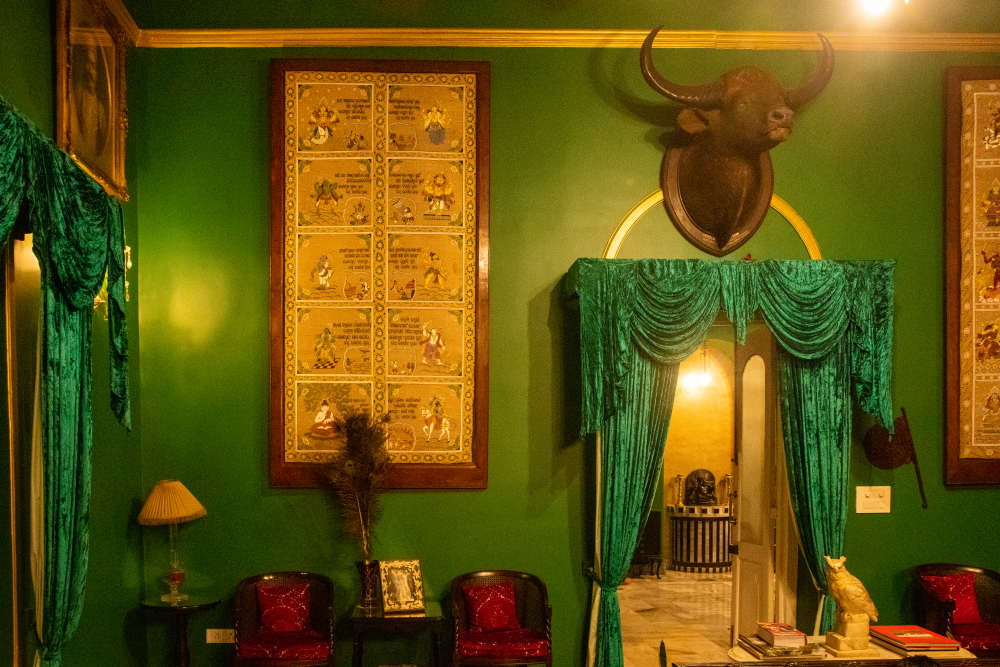



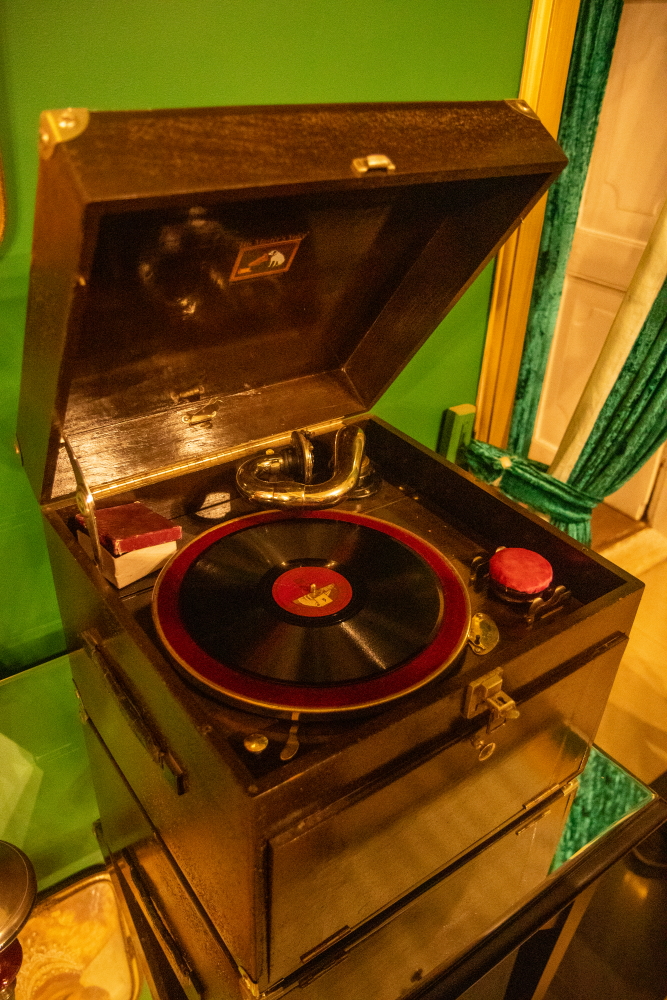
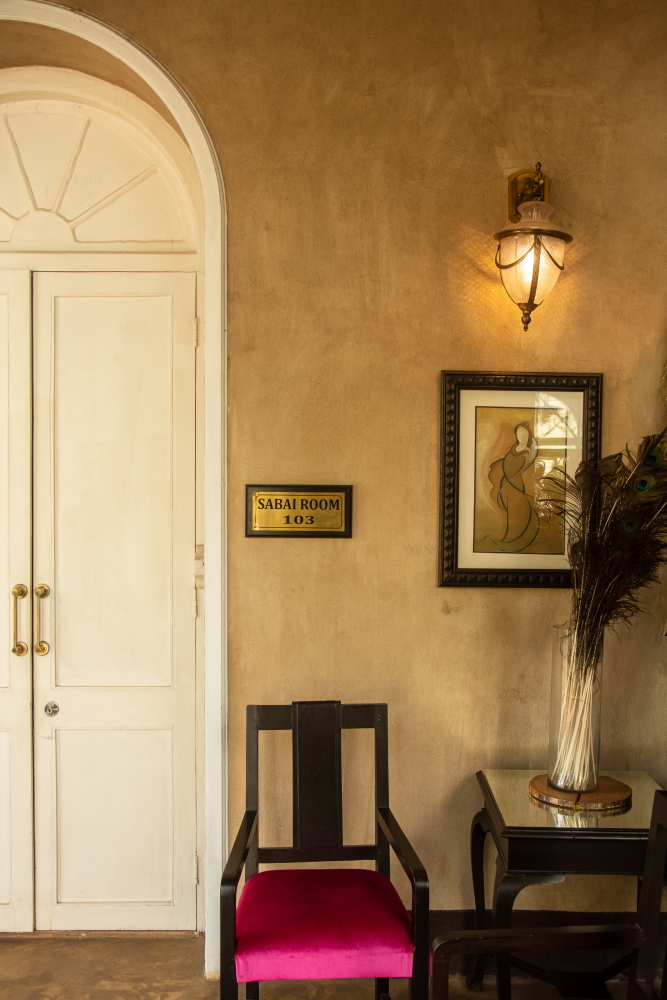
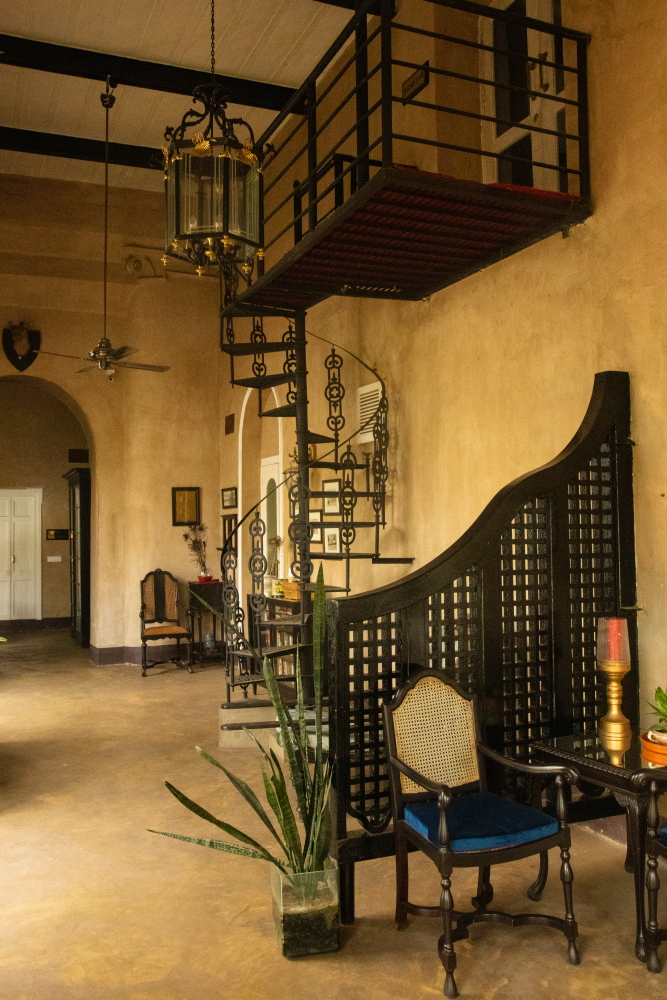

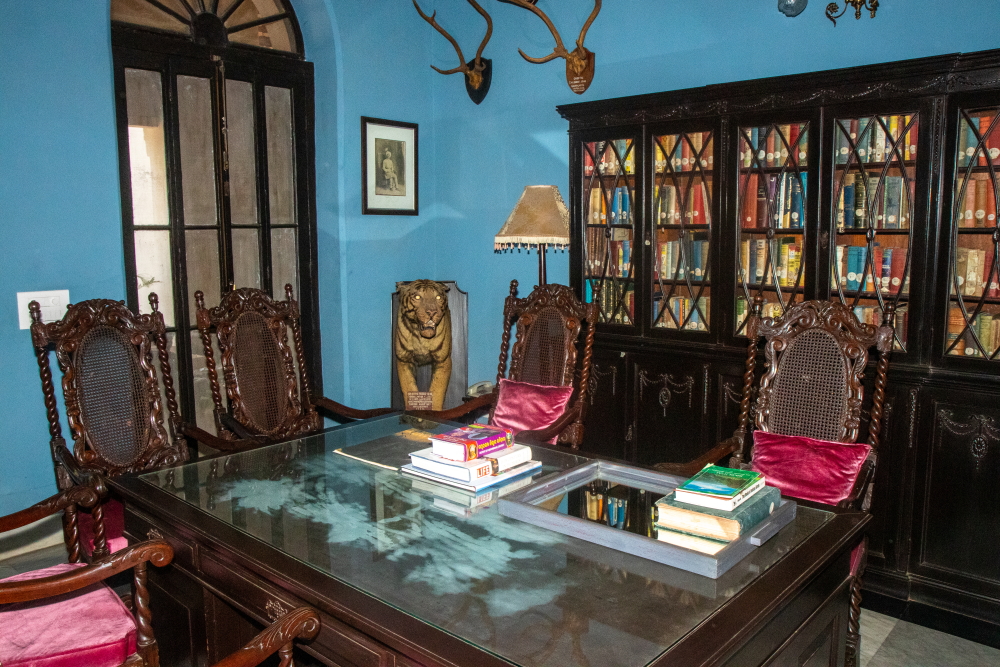




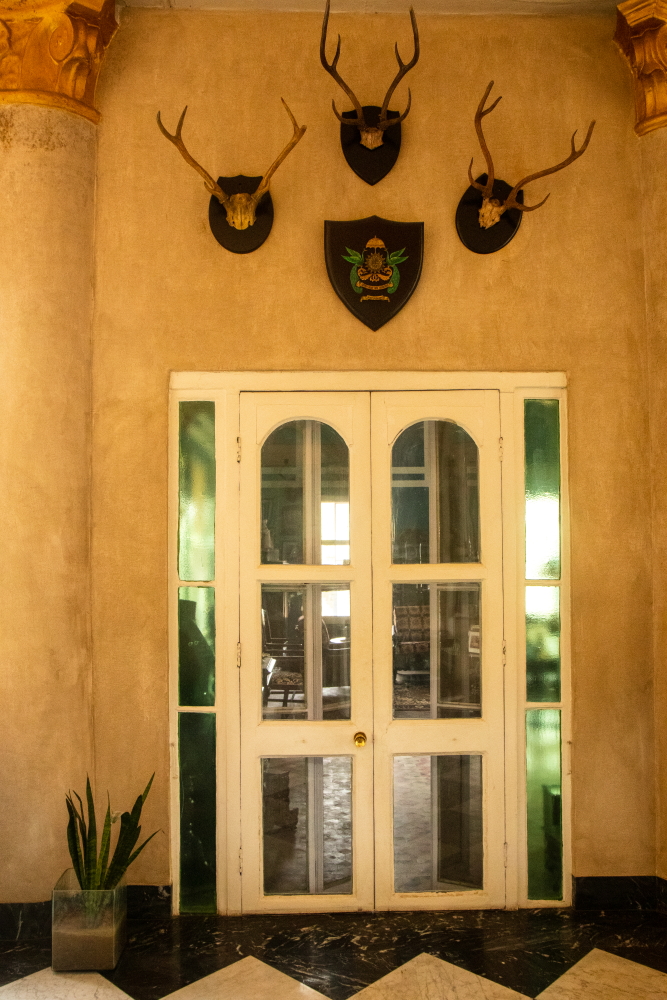
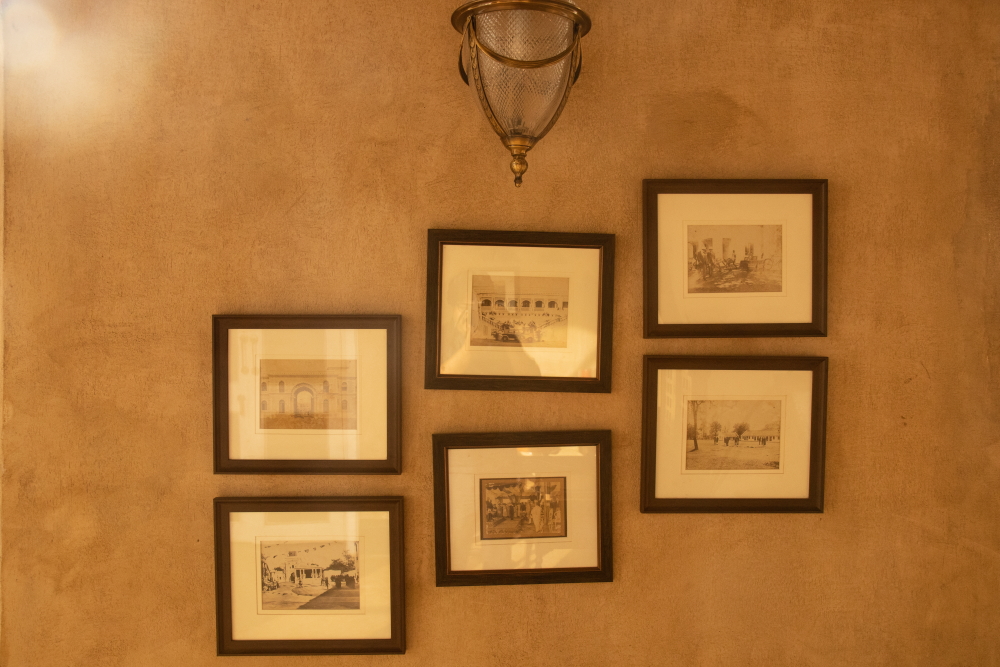
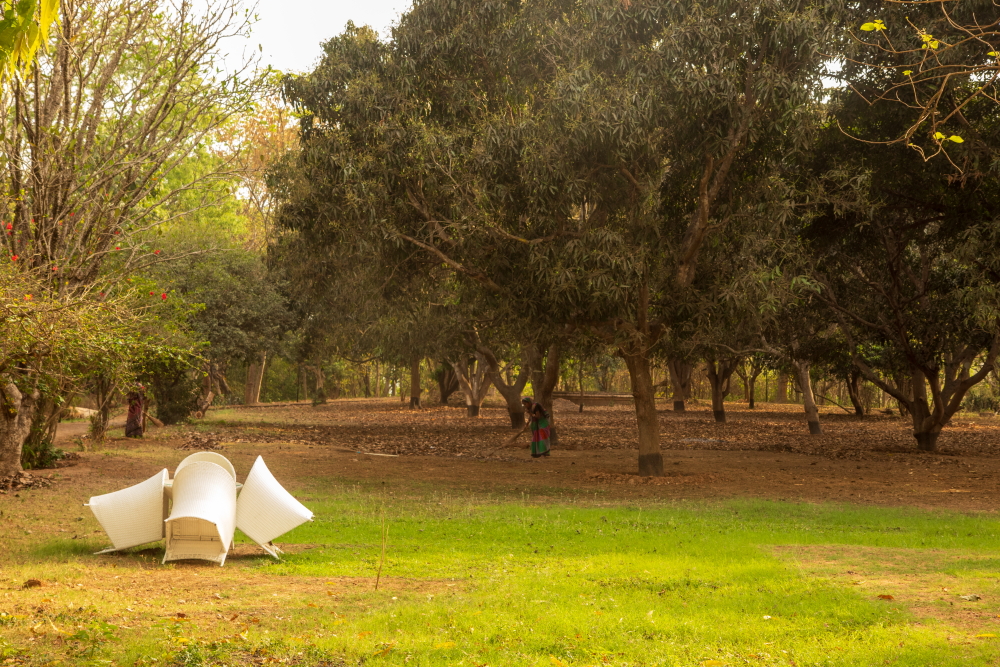


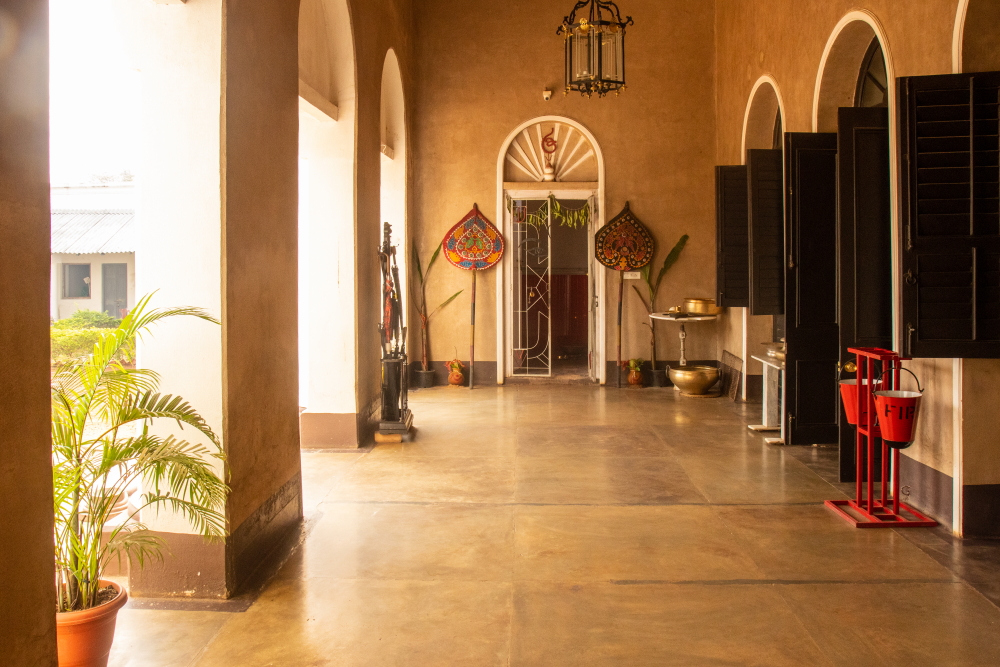

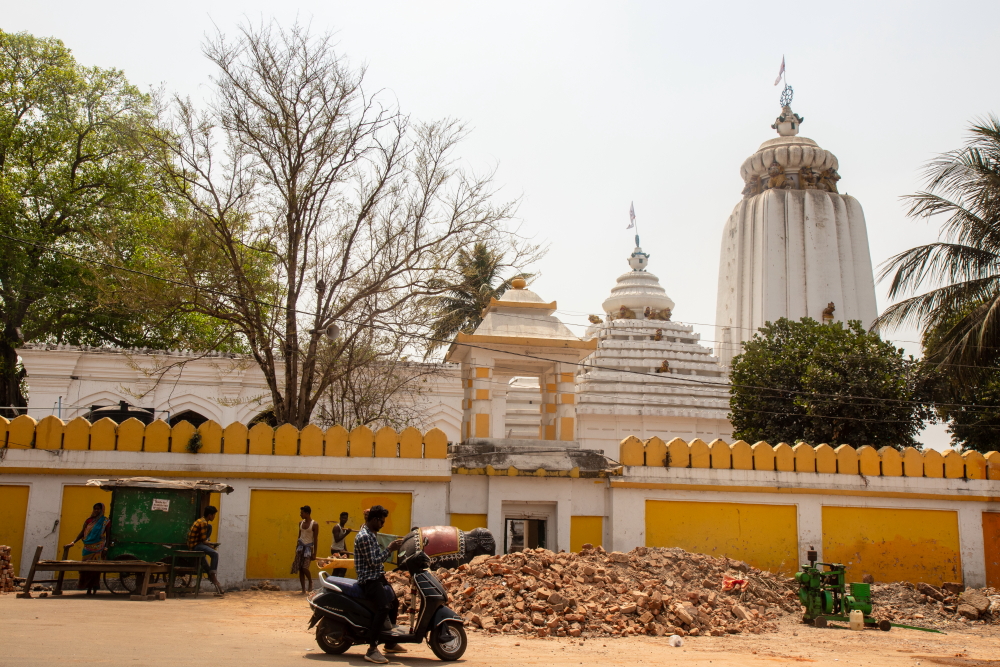





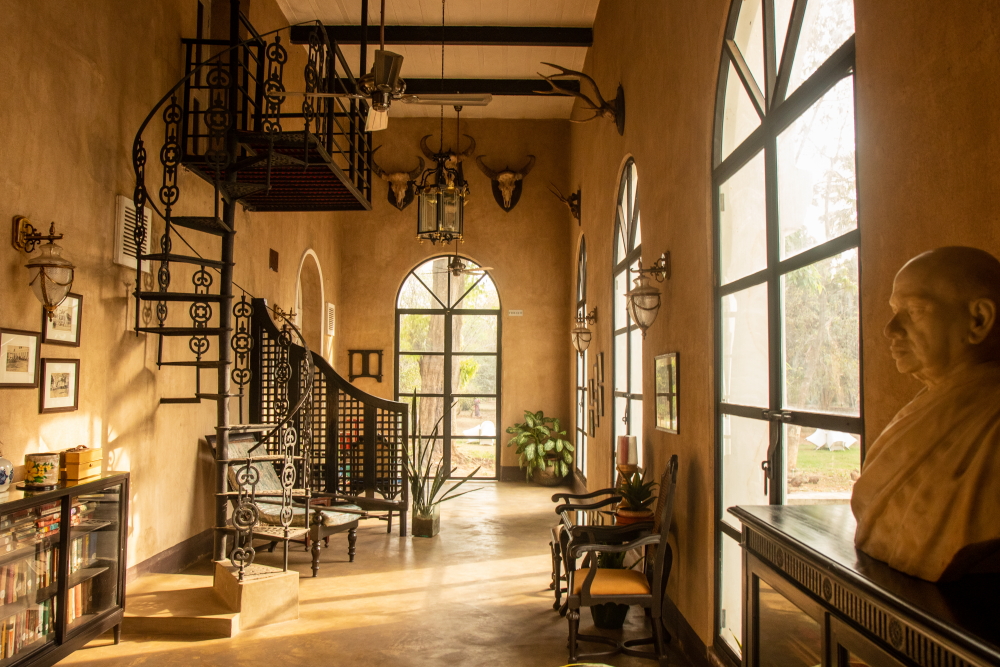
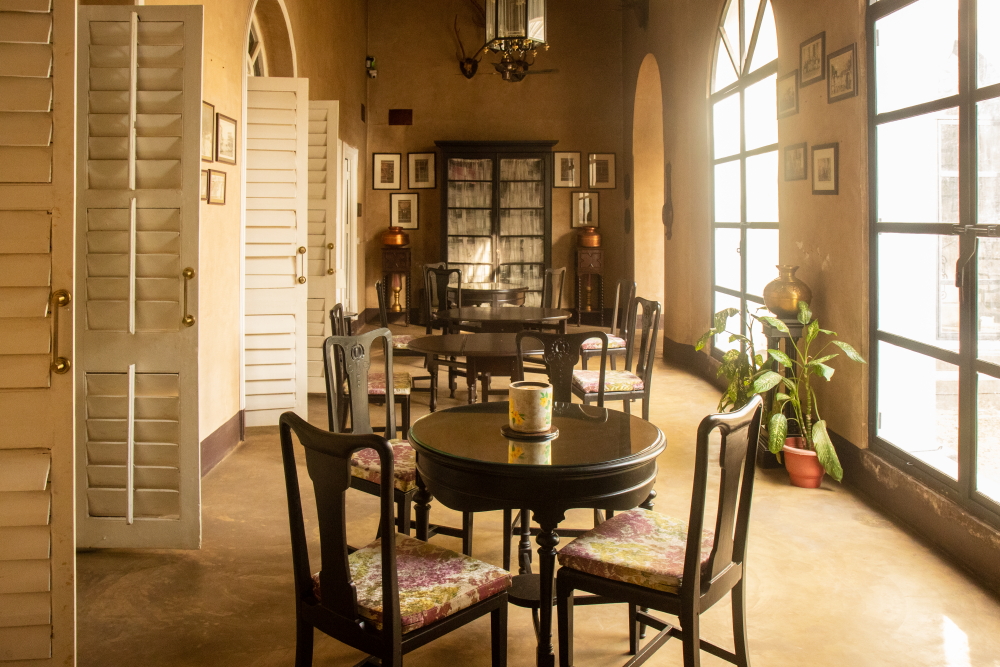
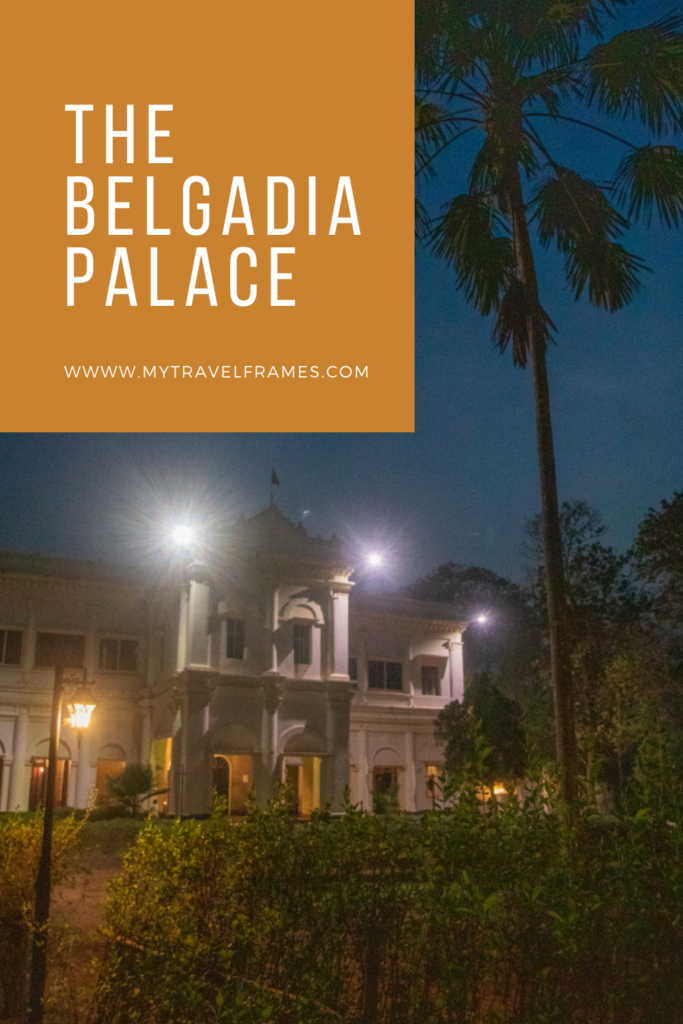
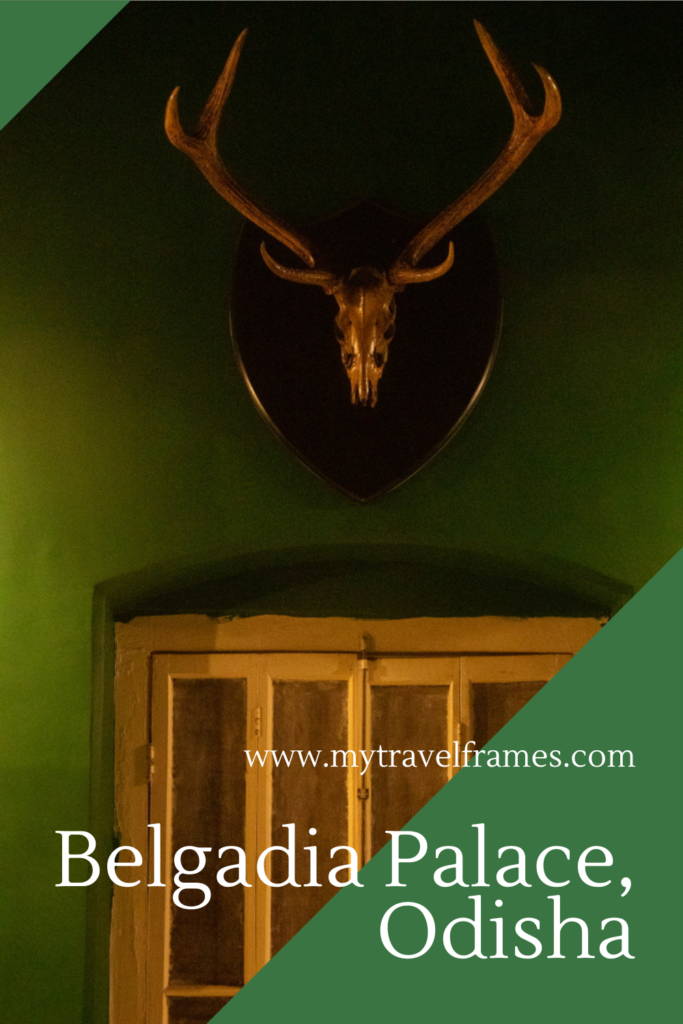
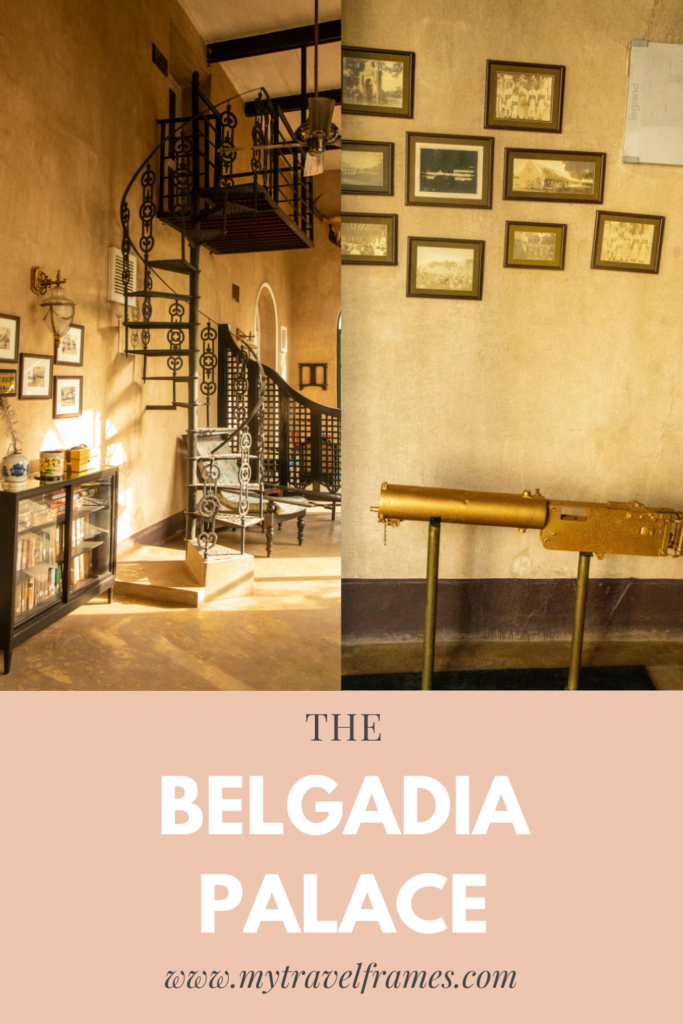
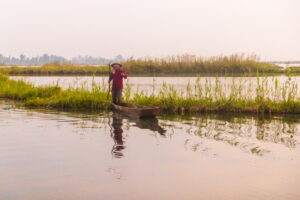
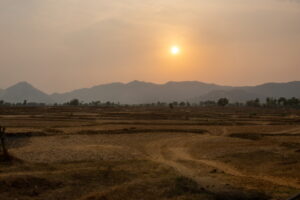
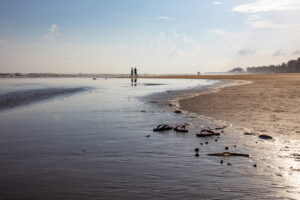
Pingback: Hills, Forests, Seabeach and Experiencing Royalty - All In One Trip | Will You Go For This Unique Road Trip in Odisha? - My Travel Frames
Pingback: Bangriposi in Odisha | A picturesque destination with rustic landscapes, tribal life and less-travelled roads - My Travel Frames